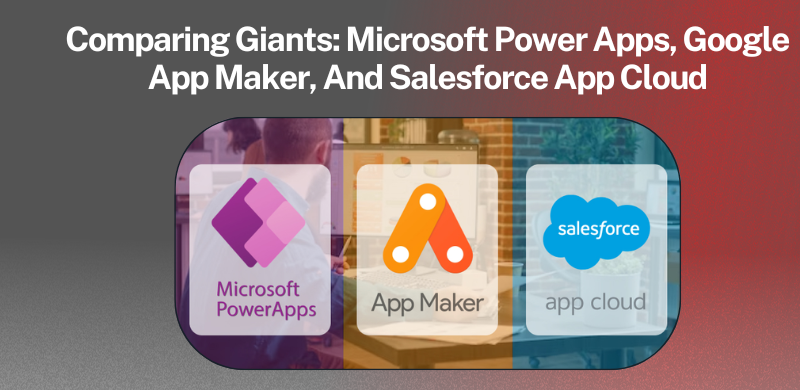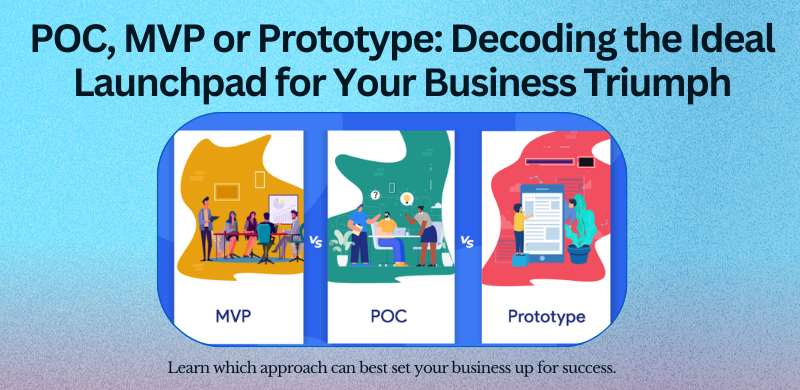Are you tired of being locked into a particular blockchain network? Do you want to break free from the restrictions of a single chain and explore new possibilities? Then, cross-chain technology is your answer! This innovative solution enables transactions and data transfer between different blockchain platforms. So strap in as we embark on an exciting journey to unravel the mysteries of cross-chain technology!
What is cross-chain?
This means that you can use one blockchain to send value or data to another blockchain, without having to go through a centralized entity.
This has many advantages. For example, it means that you can move value from one blockchain to another without having to convert it into a fiat currency first. It also means that you can move data between different blockchains, without having to copy it manually.
However, the most promising approach is using so-called “hashed timelock contracts” (HTLCs).
In order to understand how HTLCs work, it’s important to first understand how hashes work. This output is known as the hash digest.
Importantly, the same input will always result in the same output hash digest. However, it’s very difficult to reverse this process – i.e. you cannot take a hash digest and calculate what the original input was. This makes hashes perfect for security purposes.
What is cross-chain technology?
By using cross-chain technology, organizations can create a network of interconnected blockchains, which can share data and assets seamlessly.
It could enable the creation of a truly decentralized network of blockchains, which would be much more efficient and secure than existing systems. Additionally, it could allow organizations to use multiple blockchains simultaneously, without the need to choose one over another.
Importance of cross-chain technology:
With cross-chain technology, developers can create applications that span multiple blockchains and take advantage of the strengths of each platform. For example, an application could be built on top of Ethereum for its smart contract functionality, while using Bitcoin’s blockchain for its security and stability. This would give the best of both worlds to the user – the security of Bitcoin with the flexibility of Ethereum.
Cross-chain technology also has the potential to help solve the scalability issues that are currently plaguing many blockchain platforms. By allowing different blockchains to work together, cross-chain technology can help distribute the load across multiple networks and make them more scalable as a result.
In short, cross-chain technology is important because it enables different blockchains to interoperate with each other, which opens up a whole range of new possibilities for blockchain application development. It also has the potential to help solve some of the key scalability issues that are currently holding back many blockchain platforms.
Different types of blockchain technology
1. Public blockchain
These blockchains are totally open to implementing the decentralization concept. Anyone with a computer and access to the internet can join the network; there are no limitations.
- This blockchain is accessible to all users because its name is public, which implies it is not controlled by anyone.
- Everybody with access to the internet and a computer with decent hardware can take part in this open blockchain.
- Each computer in the network has a copy of any other nodes or network blocks that are present.
- We can also carry out transactions or record verification in this open blockchain.
2. Private Blockchain
These blockchains are not as decentralized as the public blockchain, which is more secure than the others because only a small number of nodes can participate in the process.
- Compared to a public blockchain, these are less transparent.
- Only certain authorized users have access to them.
- These blockchains run on a private network.
- In this, only a select few individuals are permitted to join a network within a business or organization.
3. Hybrid Blockchain
It consists of a mixture of private and public blockchain content, where some portions are under the authority of a single company and others are made publicly accessible.
- Both public and private blockchains are combined in it.
- Systems with and without permissions are employed.
- Smart contracts allow users to obtain information
- Despite being the owner of a hybrid blockchain, a principal entity cannot change a transaction.
4. Consortium Blockchain
It is an original strategy that meets the organization’s needs. The transaction is validated by this blockchain, which also sends or receives transactions.
- Federal Blockchain is another name for it.
- This approach is novel in how it addresses the organization’s needs.
- A portion is both public and private.
- With this arrangement, the blockchain is managed by multiple organizations.
How does cross-chain work in crypto?
Cross-chain technology allows different blockchain networks to interact with each other. This enables the transfer of assets between different blockchains and can allow for the creation of new applications and services that span multiple blockchain networks.
Cross-chain technology is still in its early stages of development and there are a number of different approaches being explored by developers. Some of the most promising solutions include Atomic Swaps, Hash Timelock Contracts, and Cross-chain Messaging.
Atomic Swaps are a way to atomically exchange one cryptocurrency for another without the need for a third party. This can be used to exchange tokens between different blockchains without having to trust a centralized exchange.
Hash Timelock Contracts (HTLCs) are a type of smart contract that can be used to facilitate cross-chain transactions. HTLCs work by creating a locked output on one blockchain that can only be unlocked by providing a specific hash on another blockchain. This hash can be generated by the recipient of the transaction, ensuring that they have control over the funds being transferred.
Cross-chain Messaging is a method of communication between different blockchains that uses cryptographic techniques to ensure that messages are only delivered to intended recipients. This approach can be used to build applications that span multiple blockchains and enable communication between them.
How can cross-chain technology contribute to the interoperability of blockchains?
Cross-chain technology can contribute to the interoperability of blockchains in several ways. Firstly, it can allow different blockchains to communicate with each other directly, without the need for a centralized intermediary. This would enable a much more streamlined and efficient way of exchanging information and value between different blockchain platforms. Secondly, cross-chain technology can also help to improve the scalability of blockchain systems, by allowing them to process transactions in parallel across multiple chains. This would potentially allow for thousands or even millions of transactions to be processed simultaneously, which is not possible with current blockchain technologies.
Future of cross-chain technology:
Cross-chain technology is still in its early stages, but it has the potential to change the way we interact with blockchain platforms. Currently, different blockchains are unable to communicate with each other, which can lead to a lot of wasted time and effort when trying to connect different systems. Cross-chain technology has the potential to solve this problem by allowing different blockchains to interact with each other. This would make it much easier to connect different systems and could potentially speed up the adoption of blockchain technology.
Why Choose us?
Ade technologies are dedicated to helping clients reach new heights and are passionate about providing excellence.
We exhibit a strong dedication to sustainable and ethical business practices because we are committed to integrity, accountability, and transparency.
There are many reasons to choose us as your cross-chain technology provider. Here are just a few:
- We have extensive experience in the field.
- We are constantly innovating and improving our products.
- We have a strong commitment to customer service and support.
- We offer competitive pricing for our products and services.




